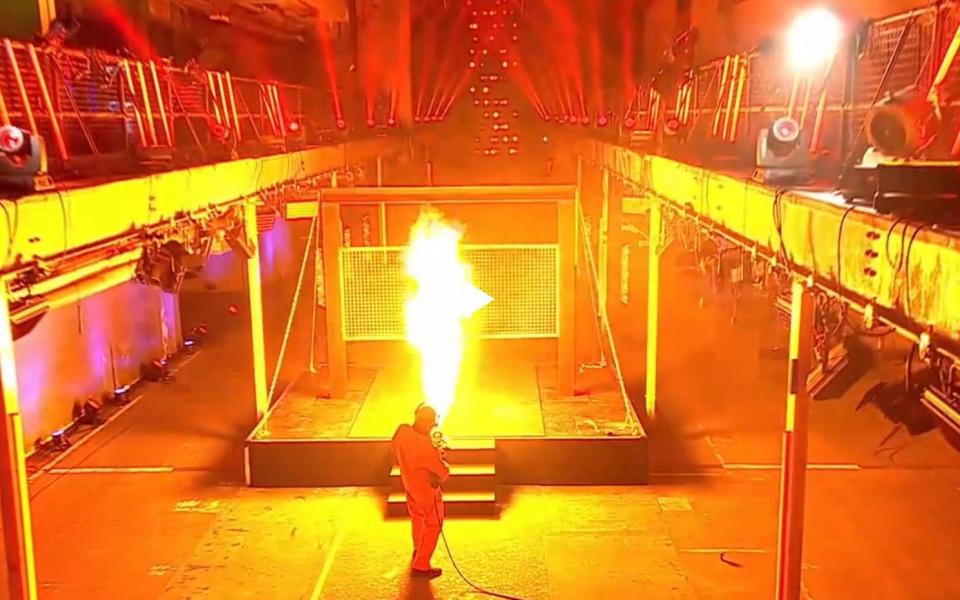Jimmy Carr Destroys Art, review: moronic, pathetic and a waste of our time

Channel 4 heavily trailed Jimmy Carr Destroys Art. Someone must have thought it was clever. The broadcaster boasted acquired works by "problematic" artists, including Picasso, Eric Gill, Rolf Harris and Adolf Hitler, and investigated whether some works ought to be wiped from the face of the earth.
The idea seemed clear enough. Take a comedian with a reputation for sailing close to the wind – among other things, Carr was in the news recently for making a joke about the Holocaust – then add Hitler, money and an audience vote, with a bit of "debate" about whether you can separate art from artist. Guaranteed gold.
The channel’s head of content, Ian Katz, claimed the programme would continue its reputation for "iconoclasm and irreverence". A backlash began before it aired. The editor of the Jewish Chronicle said it was "trolling the Jewish community".
"This is not a debate about freedom of speech, this is a desperate plea for attention," said the loudmouth radio presenter Nick Ferrari, who knows about pleas for attention.
Despite all the build-up, the programme itself was still shocking, but not for the reasons Channel 4 would have hoped. Standing in a gaudily lit warehouse, Carr set about pitching pieces of art against each other in a kind of morality deathmatch, with advocates making the case for each one.
Dom Joly attacked Rolf Harris; Janet Street-Porter attacked Sally Mann’s pictures of her children. In a thousand years, Charlie Brooker and Armando Iannucci could have come up with nothing weirder. At the end of each section the audience voted and one of the pieces was destroyed.

The destructions – by fire, paintball, chainsaw, etc – were stupid, but no more so than the “debate” that preceded them. If works are worthy of debate, they’re important by definition. If they’re not, why bother with them at all?
The tone was all over the place. Carr kept making little quips, which were gratingly out of place. “If you want to save the Hitler, move to the right – that’s the far right,” he told the crowd. He couldn’t decide if he was Kenneth Clark, Mary Whitehouse or a compere in a rowdy nightclub.
As the “losing” works were destroyed, while thumping bass played, interviewees expressed their sadness that art was being destroyed. You could sense they knew they were uncomfortable. So why do it? The debate about art is almost never about whether it exists, but its context.
It was telling that Jolyon Rubinstein, defending a painting attributed to Hitler, made the closest the programme had to a compelling argument: that Hitler destroyed art. It is scary to think that the producers were constrained only by budget. If they’d had a billion quid spare, would they have pitched a Caravaggio (murderer) against a Gauguin (paedophile)?
Yes, Carr and his crew of cronies and rabble destroyed some art. But in the process this pointless trolling exercise did something worse than that: it wasted our time. No doubt some of the creators will be pleased by this kind of reaction, claiming it was "provocative".
It wasn't, not in any meaningful way. It was a moronic, pathetic, depressing little programme that ought to embarrass almost everyone involved. It shouldn’t be destroyed, but held up as an example. Those who don’t learn from dreadful TV are doomed to repeat it.

 Yahoo News
Yahoo News 
